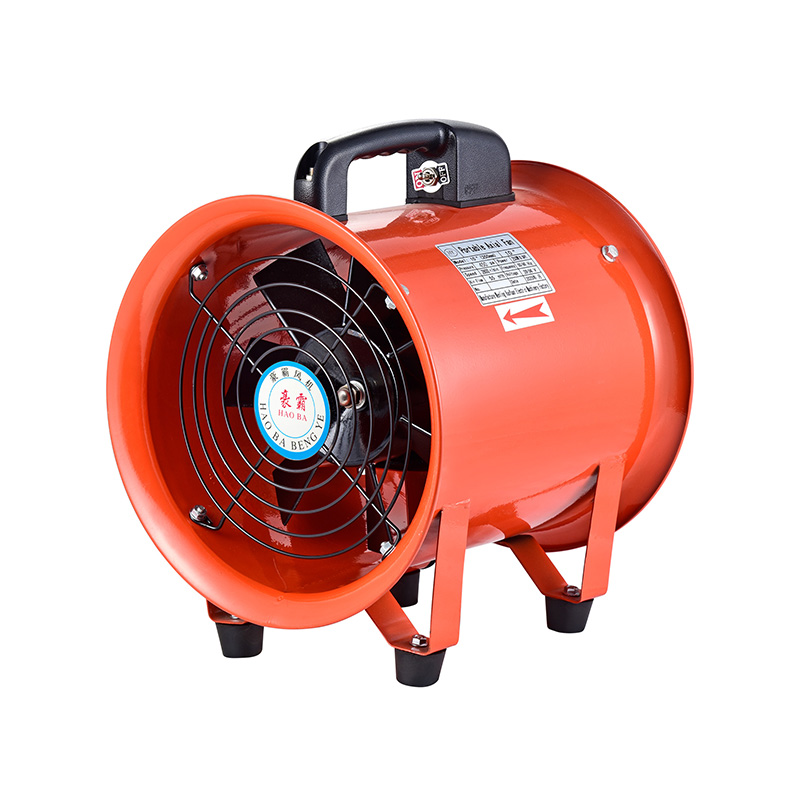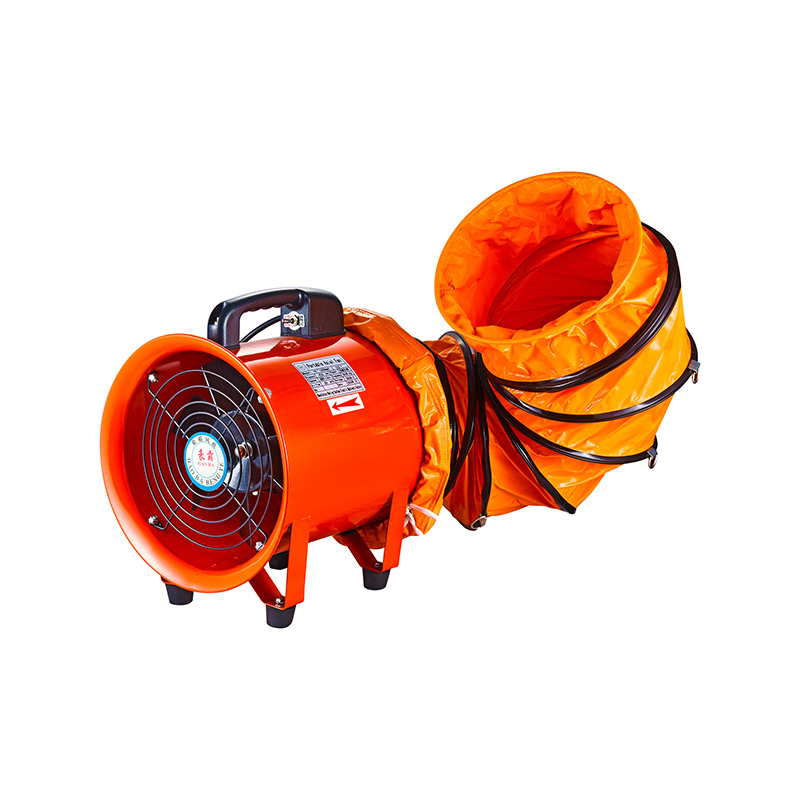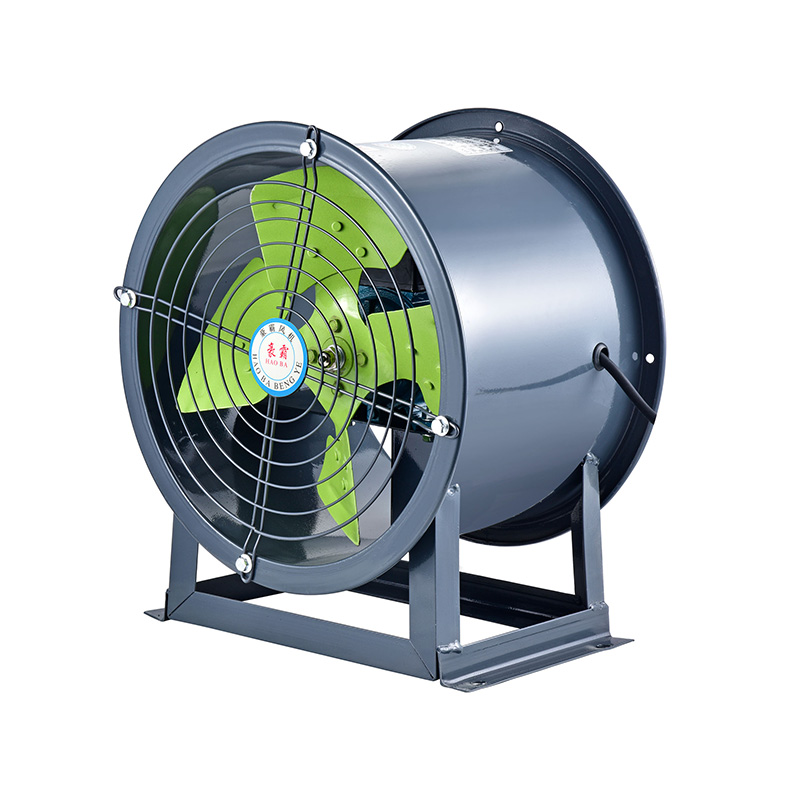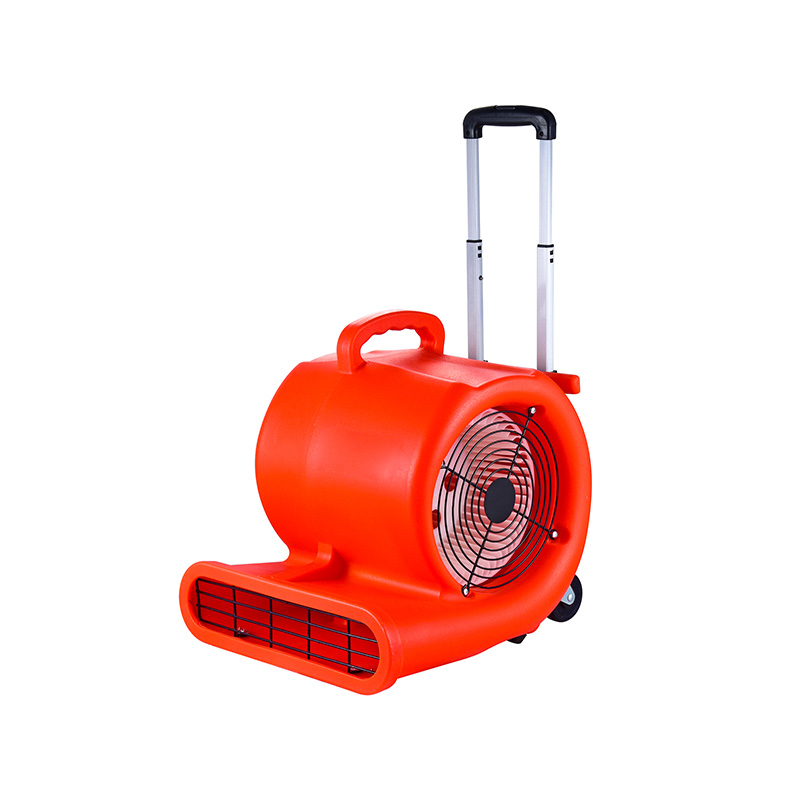Safety Guidelines For Industrial Fan Use
2025-07-08
Industrial fans play a critical role in ensuring proper ventilation and air circulation across many facilities. From manufacturing plants to commercial buildings, the use of commercial roof ventilation fans, external centrifugal fans, and stainless steel axial fans has become essential for maintaining air quality and controlling environmental conditions. However, with their widespread application comes the responsibility to ensure safe operation to protect workers, equipment, and the facility itself. This article highlights key safety guidelines for industrial fan use to help maintain a secure working environment.

Understanding the specific fan type and its intended application is crucial when implementing safety practices. Commercial roof ventilation fans, for example, are designed to be installed on rooftops and handle the exhausting of hot air, fumes, or moisture from inside buildings. Proper installation and regular inspection of these fans are necessary to avoid hazards such as falling debris, fan blade failure, or motor overheating. Safety protocols should include securing the fans firmly to the roof structure and ensuring guards or protective covers are in place to prevent accidental contact with moving parts.
Similarly, external centrifugal fans, which are commonly used in industrial exhaust and ventilation systems, require attention to both mechanical and electrical safety. These fans operate by drawing air into the center of the impeller and forcing it outward through a duct system, making them suitable for high-pressure applications. Since they often handle dusty or corrosive air streams, maintenance is key to prevent buildup that could affect fan balance and operation. A safety guideline is to schedule routine cleaning and lubrication of bearings to reduce wear and avoid unexpected breakdowns. Additionally, since external centrifugal fans may be powered by high-voltage motors, proper grounding and adherence to electrical codes must be observed to mitigate the risk of electrical shock or fire.
When it comes to stainless steel axial fans, which are valued for their corrosion resistance and are frequently used in environments exposed to moisture or chemicals, safety considerations must focus on both material integrity and operational efficiency. Stainless steel axial fans typically move air along the axis of the fan and are common in applications such as food processing or chemical plants. Ensuring that these fans are made from the correct grade of stainless steel to match the environment helps prevent structural degradation that could lead to fan failure. Routine inspections should include checking for signs of corrosion, cracks, or loose components. Furthermore, these fans should be equipped with vibration sensors or monitoring devices where possible, to detect early signs of imbalance or mechanical issues before they escalate into hazards.
Across all types of industrial fans, personal safety measures are just as important as mechanical safeguards. Workers involved in the installation, operation, or maintenance of commercial roof ventilation fans, external centrifugal fans, and stainless steel axial fans should always wear appropriate personal protective equipment (PPE), including gloves, safety goggles, and hearing protection when noise levels are high. Lockout/tagout (LOTO) procedures must be strictly followed before any maintenance to ensure the fan cannot be accidentally started while work is in progress. This helps prevent serious injuries caused by rotating blades or electrical faults.
Another safety guideline is to provide adequate training to personnel who handle these fans. Understanding the operating procedures, emergency shutdown steps, and troubleshooting methods helps reduce human error and promotes timely identification of potential issues. It is also important to maintain clear and accessible manuals or documentation for the commercial roof ventilation fans, external centrifugal fans, and stainless steel axial fans in use, so staff can refer to them when needed.
Environmental factors should also be considered in safety planning. For example, commercial roof ventilation fans are exposed to outdoor weather conditions, so regular checks for weather-related damage, such as corrosion, loose fasteners, or blocked air intakes, are necessary. Similarly, external centrifugal fans operating in dusty or humid environments require protection against clogging and moisture ingress, which can damage internal components. Stainless steel axial fans benefit from their material properties but still require cleaning and monitoring to maintain safe airflow and prevent overheating.
Finally, emergency preparedness is a key part of industrial fan safety. Facilities should have clear evacuation routes and fire suppression systems that account for the presence and function of commercial roof ventilation fans, external centrifugal fans, and stainless steel axial fans. In the event of a malfunction or fire, shutting down fans promptly can help contain hazards and reduce damage. Regular drills and equipment checks will improve readiness and less risks.
In summary, safety guidelines for industrial fan use revolve around proper installation, routine maintenance, personal protective measures, and staff training. Paying attention to the specific needs of commercial roof ventilation fans, external centrifugal fans, and stainless steel axial fans ensures that these essential machines operate safely and efficiently. By adhering to these recommendations, facilities can maintain a safer working environment and prolong the service life of their ventilation equipment.

 English
English русский
русский عربى
عربى









